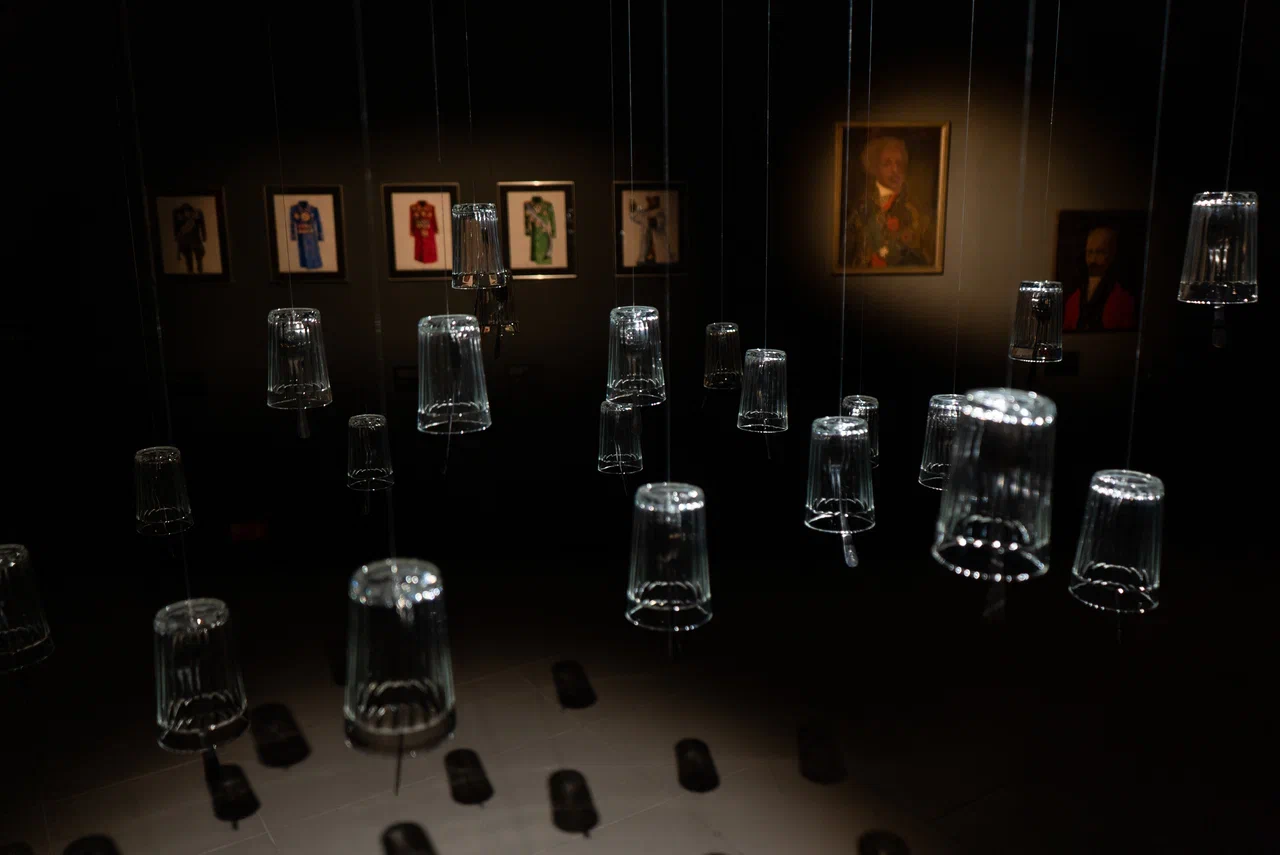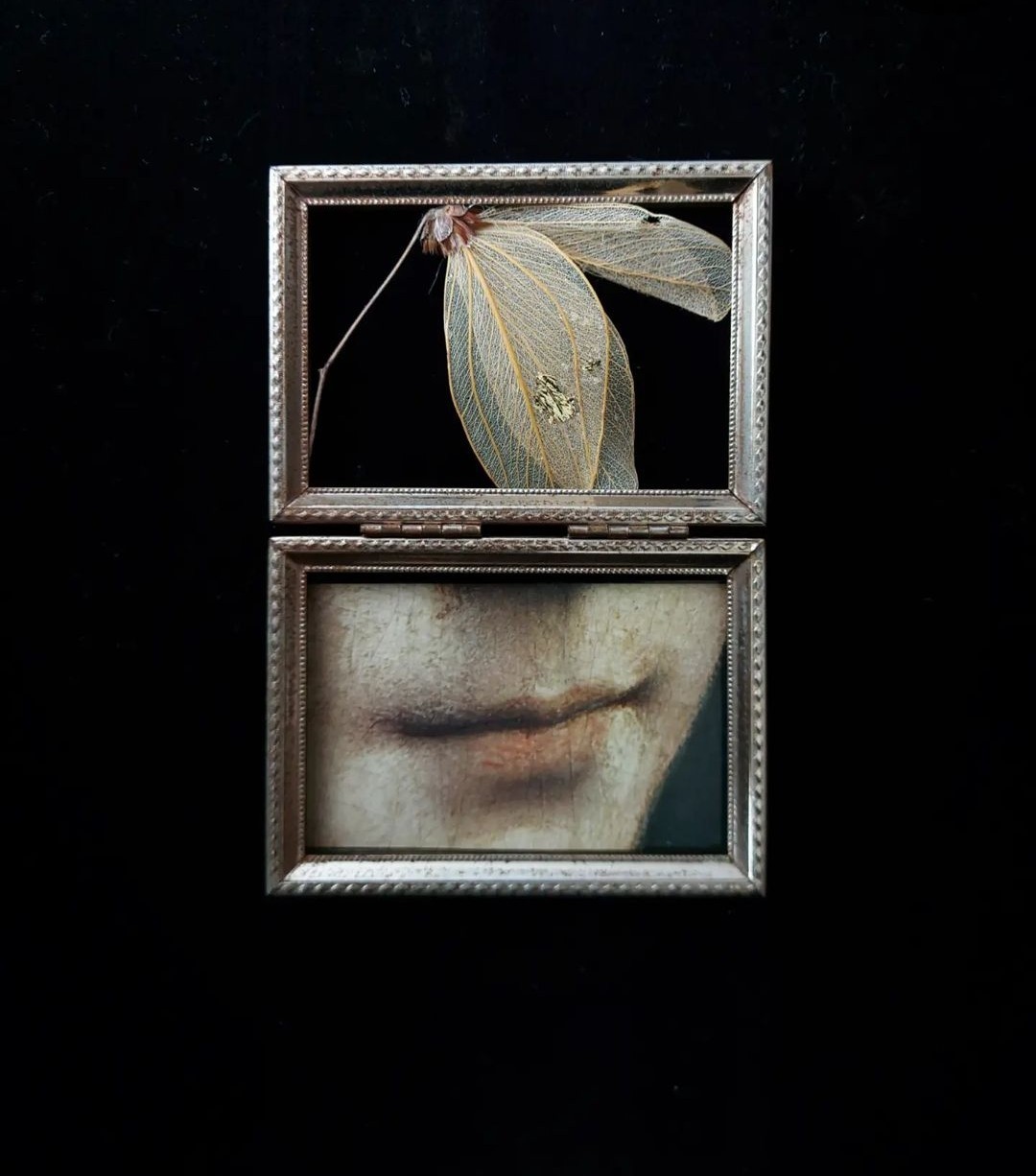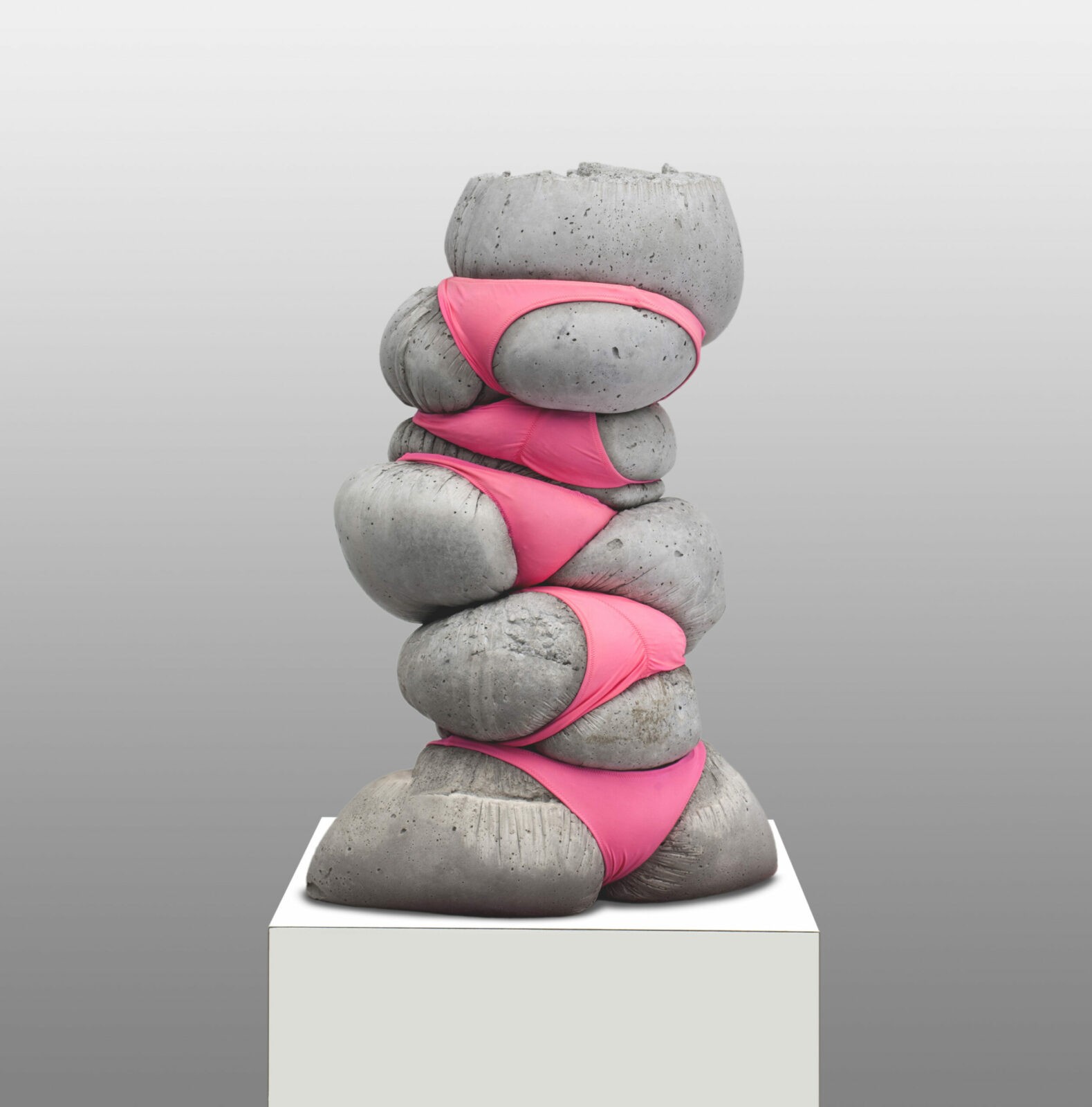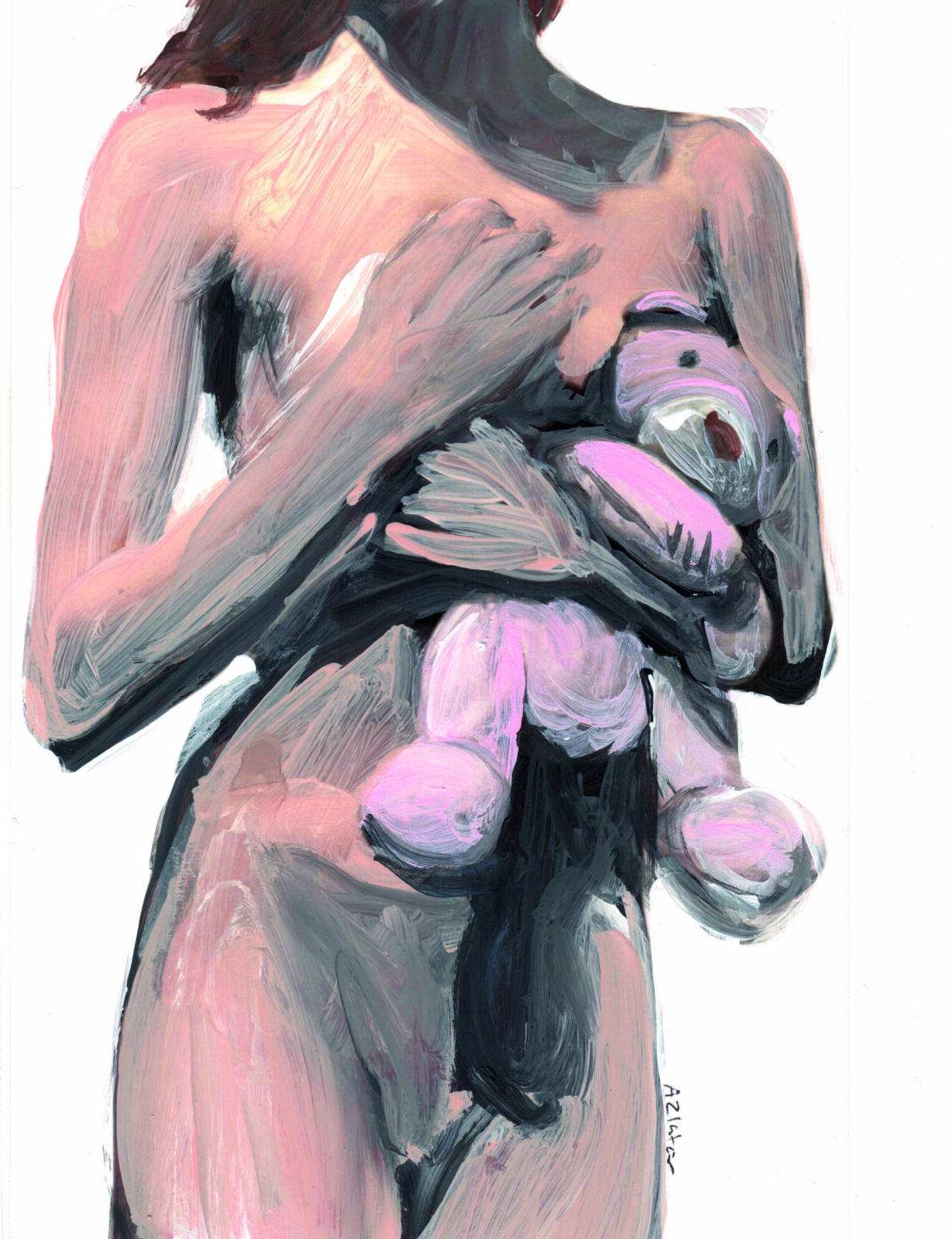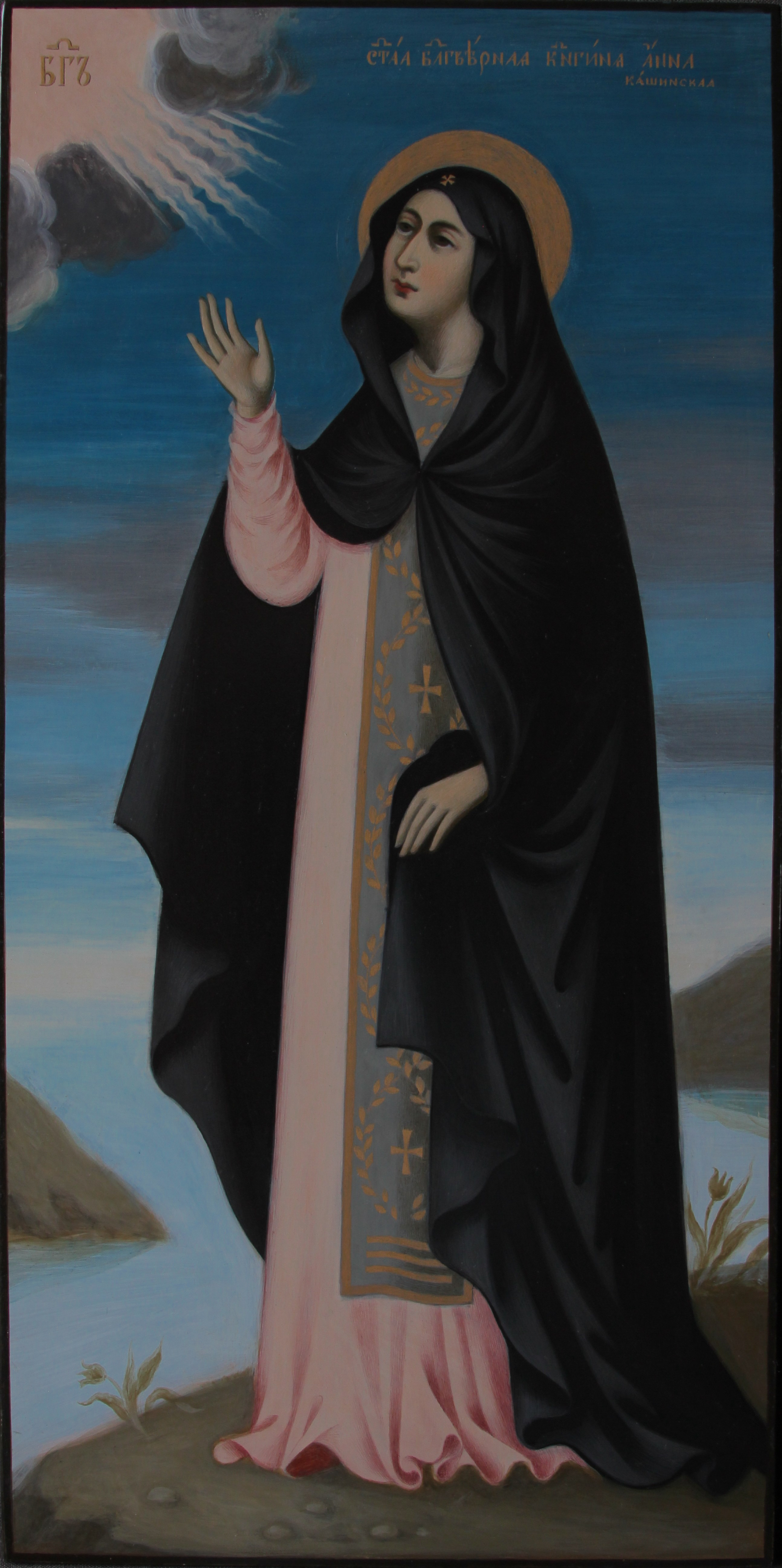text: Azens Anna
“A living mediation between artists and the public for the sale of works of art and the execution of all kinds of artworks.” This was once the goal of the art bureau of Nadezhda Dobychina, the gallery owner who was the first to present Malevich’s Black Square to the public at the legendary 0.10 exhibition, and who also introduced most of the future classics of the avant-garde movements of the early 20th century to the public. She has often been criticised for her choice of exhibits, but she has never been at the mercy of the public, believing the most important thing is to capture the zeitgeist. It has been 110 years since the first exhibition at Dobychina’s bureau, and the aims and problems of the leading institutions of contemporary art do not seem to have changed at all: the public is not always ready to accept works, the press criticises, and the hand of the state is very visible.

Nizhny Novgorod-Ufa-Perm is the meridian of contemporary art in Russia, where art life is most alive. It is not for nothing that representatives of the art world from these cities became prize-winners in three nominations of the COSMOSCOW-2024 award. We talked to Aliya Akhmadullina, head of the ZAMAN Museum, Nailia Allakhverdieva, director of the PERMM Museum, and Artyom Filatov, artist and head of the “Quiet” studio, to find out how the institution, museum and artist of the year structure their work, and what we should all learn from them in order not to be thrown off the ship of progress into the ocean of museum dust.

ZAMAN Museum of Contemporary Art (Ufa), which was named Institution of the Year, is currently working in the format of a “museum without walls” – it is planned to have walls by 2027 (which, among other things, speaks of the excellent planning horizon of the ZAMAN team). “We are primarily driven by an interest in exploring and actualising local artistic identity,” explains museum director Aliya Akhmadullina. The team now organises many exhibitions of artists from Bashkortostan, as well as neighbouring regions of the Volga and Urals, discovering new names and rethinking the local cultural and historical context. The museum team organises exhibitions of contemporary artists at several venues: Alisa Gorshenina, Rinat Voligamsi and Evgenia Maltseva have recently presented their exhibitions. In parallel, the ZAMAN team implements a public programme, which works in the format of laboratories, lectures, master classes and excursions around the city. “Declassified Laboratory” is an ambitious and relevant programme of the Embassy of the ZAMAN Museum of Contemporary Art, which aims to unravel the secrets of the past through artistic and other research methods. It aims to illuminate what is now almost invisible in our experience against the backdrop of an emerging unified narrative about the past. ZAMAN’s management sees the secret of its success in long-term research and building strong ties with neighbouring regions.


A slightly different approach is demonstrated by Nailia Allakhverdieva, Director of the PERMM Museum (Perm), who cites her own ambitions as a key factor in the museum’s success. Indeed, many success stories in the museum world are linked to the names of specific people. One need only remember how much Irina Antonova did for the Pushkin Museum and how James Bradburn breathed new life into the Pinacoteca di Brera. Museums have long ceased to be mere treasure troves: a modern museum is, first and foremost, a space for dialogue and education. Up to ardent discussions and even total rejection – because this is what testifies to its life and importance as an institution for society. Nailia Allakhverdieva tells us how PERMM’s own approach has been shaped: “We try to explain complex projects and work with the public’s misunderstanding, but, firstly, negative reactions are usually pinpointed, and secondly, every two or three months the museum completely changes exhibitions – and, accordingly, rejection of one project is often replaced by full acceptance of another.”

Sometimes, however, Naila admits that the audience surprises the PERMM team no less: “We held the first major exhibition of minimalism in the museum – Andrei Krasulin’s Beginnings, a classic of Russian and Soviet art, and I expected total audience success – it would seem that what material could be clearer and simpler? But the audience was simply numb, there were neither negative nor positive reactions: because the audience in Perm had virtually no experience of abstract art”. This was a great challenge for PERMM, which led to a reorganisation of the tour formats and the elaboration of art history accents. It was probably this comprehensive approach to working with exhibitions that the COSMOSCOW jury appreciated, because it is vital for a modern museum to react and influence its audience by learning from its own mistakes. In the art environment, everyone is connected to everyone else, and this can far from always be considered a disadvantage. Artem Filatov (Nizhny Novgorod), winner of the Artist of the Year nomination in 2020, was a guest participant in a residency at the PERMM Museum, which was a successful and colourful collaboration, because the residency was dedicated to working with urban space, and Artem’s projects are often closely connected to the fabric of the city, both physically and ideologically. The discourse of “home” and “one’s place” permeates many of the artist’s projects, one need only recall the street art festival “New City: Ancient” (2014-2016) and the exhibition “Back Home” (2017) in the building of the former Museum of Nizhny Novgorod Intellectuals. Another important project of the artist was his joint work with the artist Alexei Korsi: “The Garden of them.” – a project embodied in the Nizhny Novgorod crematorium, which consists of a garden and a seemingly endless chorale. Existing seemingly outside of the viewer, “The Garden of them.” has become at the same time a place of remembrance for many of the city’s citizens.
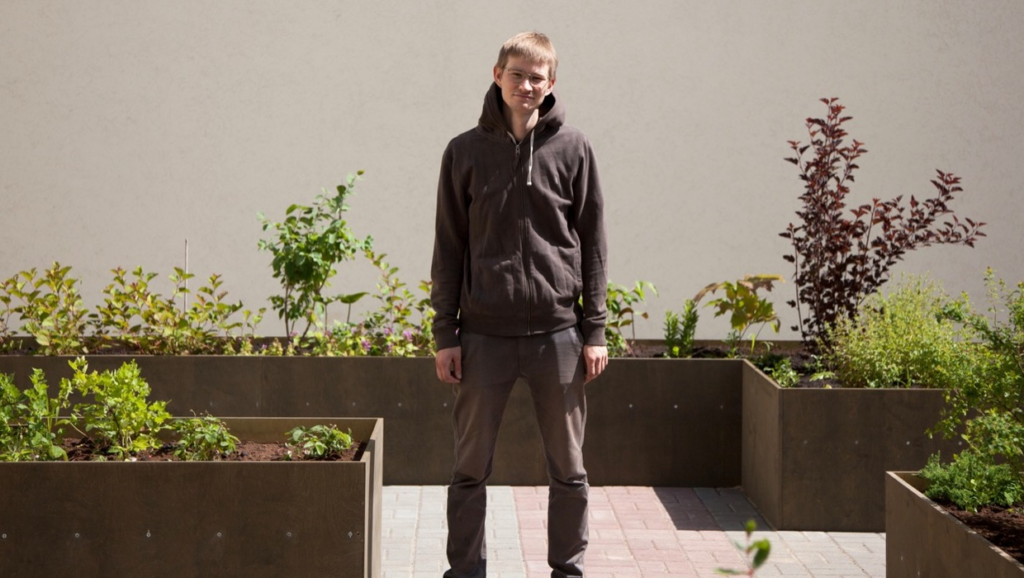
Cooperation and collaboration are important components of the ecosystem of contemporary art; international practice shows that without “dialogue” at all levels in this sphere, it is unlikely to achieve anything. Artyom confirms this hypothesis in practice: he has held only one solo exhibition in his entire career and has always been convinced that the potential lies in group projects. It is hard to disagree with this – after all, Artyom is now one of the most sought-after artists in Russia. According to him, it was out of the need for co-creation and a place where you are surrounded by like-minded people that the studio “Quiet” grew, in which Artyom fulfils the difficult role of head. Initially, however, the studio was not conceived as a separate institution – it was just a co-working space for artists who knew each other, fulfilling the utilitarian need for tools and a separate place to work. Gradually growing, the emerging creative cluster became more and more interested in the surrounding community – from journalists to ordinary passers-by, who began to visit the artists from time to time. As such cases became more frequent, the residents of the studio decided to respond to the audience’s demand and started to organise tours, exhibitions, and later even opened a storage with works so that collectors could buy their favourite work. According to Artem, the secret of the success of “Quiet” lies in the creation of a unique ecosystem, which the artists needed and which they managed to develop to the point where it became necessary for the audience as well.
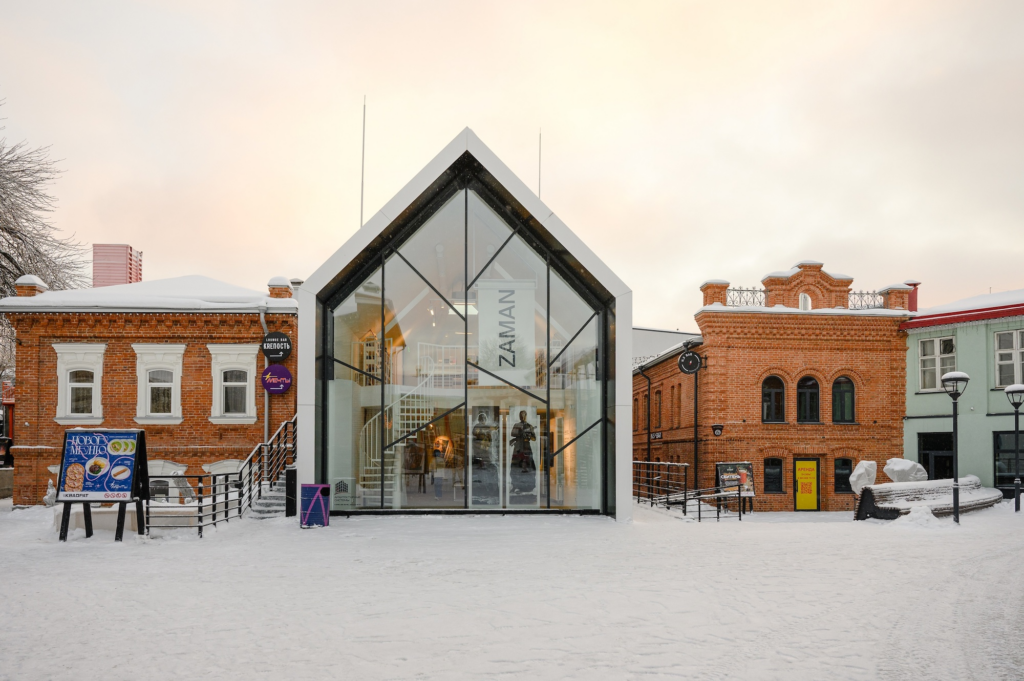
It seems that all the heroes who are shaping the image of the contemporary Russian art environment share a similar vision: they all try to develop primarily horizontal links in their projects, to work with local history and to give a positive response to the viewer. Developing a system of creative “third places” in each city may not seem like such an obvious necessity, but it is there that ideas and events that become iconic are born.


